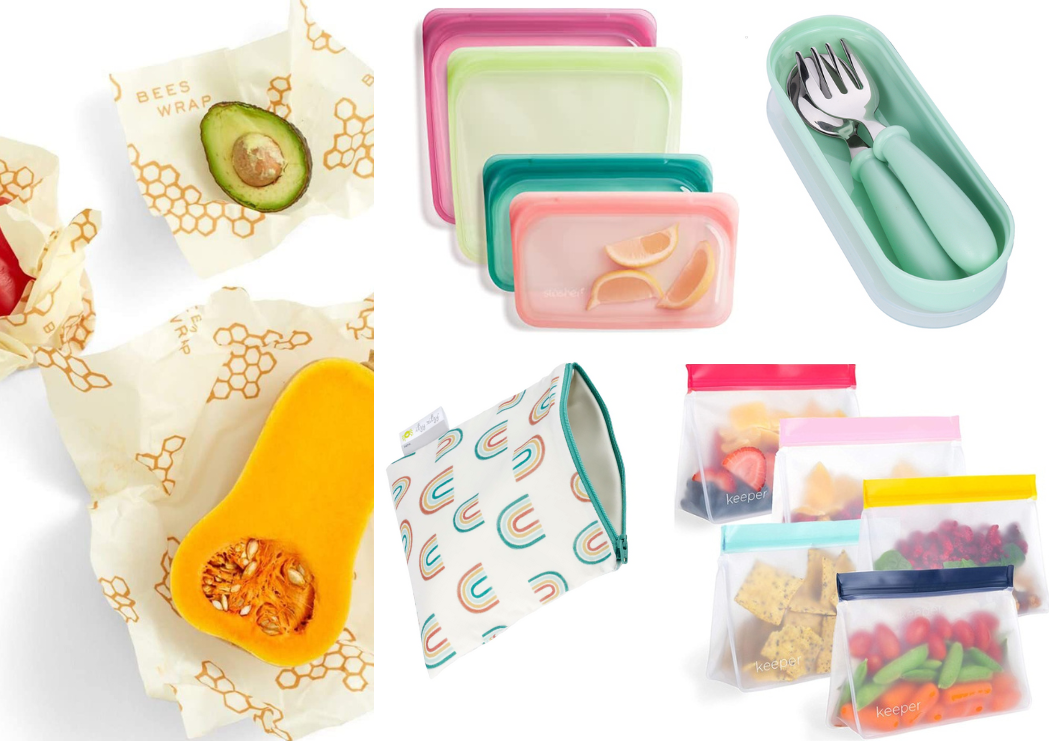NEWS
How to Make School Lunches and Snacks More Sustainable

It’s that time of year again where families begin to prepare for the upcoming school year. This year, take the opportunity to make a few small changes to the way you prepare and package your child’s snack and lunches. If you send your child with lunch most days of the year, even making a few small changes from this list will make a huge impact on the amount of waste you produce.
Enjoy these eight tips and good luck making a more eco-friendly lunch this year!
1. Use Reusable Sandwich and Snack Bags
This is a big one! Cut your dependence on zip-top bags and invest in reusable sandwich and snack bags. There are options made of coated fabric, which can be machine washed, or silicone, which are freezer-safe, microwave-safe and dishwasher-friendly. While reusable bags are more expensive, they will save you money in the long run and will help reduce plastic waste!
2. Provide Reusable Water (or Juice) Bottles
If you haven’t already, invest in reusable water bottles for your child to greatly reduce the amount of waste your child creates each year. \
3. Consider Other Reusable Wraps and Containers
Instead of plastic wrap, tin foil or plastic containers, try reusable beeswax-covered cloth as an alternative to plastic and foil wrap. Stainless steel containers are also a great option that come in a variety of sizes. They are durable, last forever, and you don’t have to worry about chemicals leaching into your child’s food. Get creative with how you can use already purchased containers to pack your meals.
4. Pack Your Own Utensils
Invest in a set of lunch utensils to be sent to and from school with your child. Plastic utensils cannot be recycled, so they end up in the trash. Avoid contributing to this waste by bringing your own or purchasing biodegradable utensils instead.
5. Use Washable Napkins
Skip disposable napkins or paper towels and opt for washable napkins instead. They can be tossed in the washing machine instead of throwing them away and adding waste to the landfill. Try using these at home as well, if you aren’t already, to reduce your paper waste!
6. Avoid Pre-Packaged Foods
All parents appreciate the ease of individually wrapped goldfish bags or applesauce pouches. When you can, purchase items in bulk and use your reusable snack containers instead of purchasing pre-packaged foods. By cutting out a few pre-packaged options, you will greatly reduce your overall contribution to package waste.
7. #MeatlessMondays
If possible, try skipping meat in your child’s lunches on Mondays. Most kids love a good sunbutter and jelly or bagel “fun” lunch. Going meatless for lunch even one day per week can make a big environmental (and health) difference. If you can’t skip the meat, consider purchasing local, organic meats. These meats are healthier, taste better, and also help reduce your overall carbon footprint.
8. Zero Food Waste
Whether it’s composting your lunch scraps or getting creative with how you use food scraps, practicing zero-waste cooking is an important component of reducing overall waste. Buying locally sourced food and produce is a great way to make sure your food is sustainably harvested.